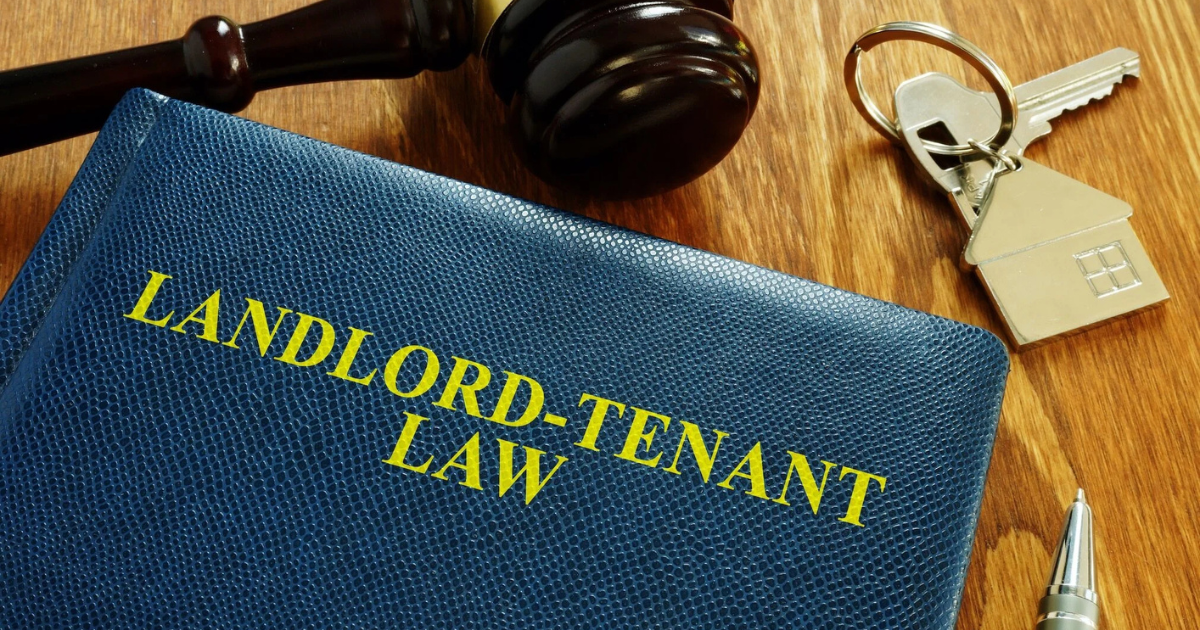Superior Court Upholds Challenge to Lead Safety Certification and Inspection Process in Philadelphia
In a recent opinion handed down by the Pennsylvania Superior Court inCooper v. SGYS St. Ives,2025 Pa Super. LEXIS 126 (Pa. Super. Ct. March 19,...
4 min read
Alan Nochumson : Feb 1, 2022 9:00:00 AM

On Dec. 16, 2021, Philadelphia City Council unanimously passed Bill No. 210669 and Resolution No. 210692.
In a nutshell, by way of this legislation, the number of members on the city of Philadelphia’s Zoning Board Adjustment (ZBA) would increase from five to seven, the ZBA’s board appointees would be subject to confirmation from Philadelphia City Council, and board appointees would be obligated to possess specified areas of expertise and a demonstrated sensitivity to community concerns regarding real estate development and the protection of the character of Philadelphia’s neighborhoods.
Voters in Philadelphia will have the opportunity to decide, during the May municipal election, whether this attempted amendment to the Philadelphia Home Rule Charter will become law. If so, the changes to the Philadelphia Home Rule Charter will take effect in October.
The resolution comes after a decades-long battle between the executive branch and Philadelphia City Council for control over the oversight of land use and zoning, which was originally a strictly executive power under the Philadelphia Home Rule Charter.
When Philadelphia City Council created the Zoning Code Commission (ZCC), in 2007, it amended the Philadelphia Home Rule Charter, creating the ZCC as an independent administrative agency, but embedded control and influence by the Philadelphia City Council into the duties and powers of the ZCC.
The ZCC was made up of 31 members, consisting of members from multiple zoning-related agencies, members of Philadelphia City Council, members from the community, mayoral appointees, and appointees of the city council president as well members of Philadelphia City Council.
The ZCC was charged with reforming the Philadelphia Zoning Code and investigating potential reforms. However, the powers and duties so outlined in the amendment created a reporting structure that gave power to the Philadelphia City Council, in an area of the law originally designated to the executive branch.
The ZCC implemented an updated Philadelphia Zoning Code, which took effect in 2012.
In December 2017, the city of Philadelphia’s Planning Commission published the Philadelphia Zoning Code Five-Year Report (the report), a five-year review of the new Philadelphia Zoning Code.
The report found that the new Philadelphia Zoning Code was overwhelmingly successful, citing a decrease in variances, increase to at-right permits, and transit-oriented development. Further, the report found that the new Philadelphia Zoning Code was easier to use and comprehend.
The report outlined five recommendations for zoning reform moving forward: reducing use variances requests through collaboration between the ZBA and community, increasing dimensional conformance, reforming community groups which are known as registered community organizations (RCOs), continuing and expanding remapping efforts, and reducing approval rate of variance requests.
The last recommendation is the primary influence for City Council President Darrell L. Clarke’s and Councilmember Cherrelle Parker’s resolution to reform the ZBA. The report states that, from 2008 to 2012, the ZBA granted 92% of variances requests. After the new Philadelphia Zoning Code took effect, the ZBA granted 87%. The report stated that the high level of variance requests “reflects a particular and significant disconnect between planning law, policies, and enforcement.”
To ensure that the ZBA arrives at consistent, well-reasoned decisions when considering requests for variances; the resolution requires that the members of the ZBA include an urban planner, an architect, an attorney with experience in land use and zoning, an individual with experience in the construction industry, and at least two recognized leaders from community organizations.
Furthermore, there are recommendations for administrative measures to further support the ZBA’s capacity, including, for example, mandatory training, physical improvements to the facilities of the ZBA, and additional administrative support from the staff of the City Planning Commission.
Mayor James F. Kenney opposed the resolution, citing many of the same concerns as advocates for real estate development. Specifically, it is the belief of Kenney that the resolution will slow real estate development in Philadelphia and make potential real estate developers and investors weary to build when they cannot evaluate risks or predict outcomes of hearings before the ZBA.
However, Kenney recently appointed William Bergman as chairman of the ZBA. While the rest of the members of the ZBA come from a background of labor unions, architecture, and civic organizations, Bergman has a different slightly different background. Bergman was an administrator and executive at Temple University, most recently serving as vice president for the public, government and community affairs. Bergman has worked closely with the City Planning Commission, the ZBA, and the city of Philadelphia’s Department of Licenses and Inspections (L&I). Bergman has a history of involvement in community groups. Namely, Bergman established two community groups within the neighborhood adjacent to Temple University that led to the development of the Special Service District, which provides street cleaning and additional safety measures from North Broad Street to North 18th Street.
Bergman’s appointment seems to align with the expressed concerns of the Philadelphia City Council. However, it is unclear whether Bergman’s appointment will lead to an overall decrease in granted variance requests.
Some experts believe that the high volume of variance requests stems from outdated zoning maps that do not match the conditions on the ground. Real estate developers and investors in Philadelphia maintain that the high number of overlay districts are the main source of Philadelphia’s uniquely high number of variance requests.
The report that inspired the Philadelphia City Council’s search for ways to decrease approved variance requests illustrated an increase in zoning overlay districts correlated with the introduction of the new Philadelphia Zoning Code. For example, in 2016, Philadelphia City Council passed amendments to the Philadelphia Zoning Code that created 12 overlay districts (in addition to the 11 other amendments to the Philadelphia Zoning Code that year alone). The previous year, Philadelphia City Council passed 15 amendments to the Philadelphia Zoning Code in total. “While some overlays are proposed by PCPC to address specific planning goals, most overlays are the result of other interests. PCPC generally discourages the creation of overlays because they can reduce the clarity of the code, provide additional issues with enforcement, or do not represent appropriate planning objectives. PCPC prefers to initiate comprehensive remappings to address discrepancies in base zoning.”
The growing number of overlay districts concerns potential real estate developers and investors in Philadelphia and they believe just targeting the ZBA is counterproductive to the Philadelphia City Council’s goal of increasing affordable housing.
In addition, some real estate development professionals are concerned that the increase in the members sitting on the ZBA and the heightened standards for the two additional board members will effectively halt development in Philadelphia. Specifically, some worry that an increase in the number of board members reduces the likelihood of meeting the necessary quorum to hear zoning variance requests and they expect an increase in recusal from board members due to a conflict of interest.
The proposed changes to the ZBA and the appointment of Bergman have left many real estate developers and investors wondering what the future of real estate development will look like in Philadelphia. City officials and real estate developers and investors expect that the resolution overhauling the ZBA will become law by way of voter referendum, however, most disagree on whether the resolution will benefit the city and its citizens.
Clementa Amazan, an associate at Nochumson P.C., is the co-author of this article.
— Kelsey Keane, a third-year law student at the Benjamin N. Cardozo School of Law, who is interning at the firm, assisted in the writing of this article.
Reprinted with permission from The Legal Intelligencer © 2022 ALM Media Properties, LLC. All rights reserved. Further duplication without permission is prohibited. For information, contact 877-257-3382, reprints@alm.com or visit www.almreprints.com.

In a recent opinion handed down by the Pennsylvania Superior Court inCooper v. SGYS St. Ives,2025 Pa Super. LEXIS 126 (Pa. Super. Ct. March 19,...

Section 9-804 is contained within Chapter 9-800 of the Philadelphia Code which is titled “Landlord and Tenant.”

This past year, the city of Philadelphia approved and implemented a number of impactful pieces of legislation affecting land use and zoning law....